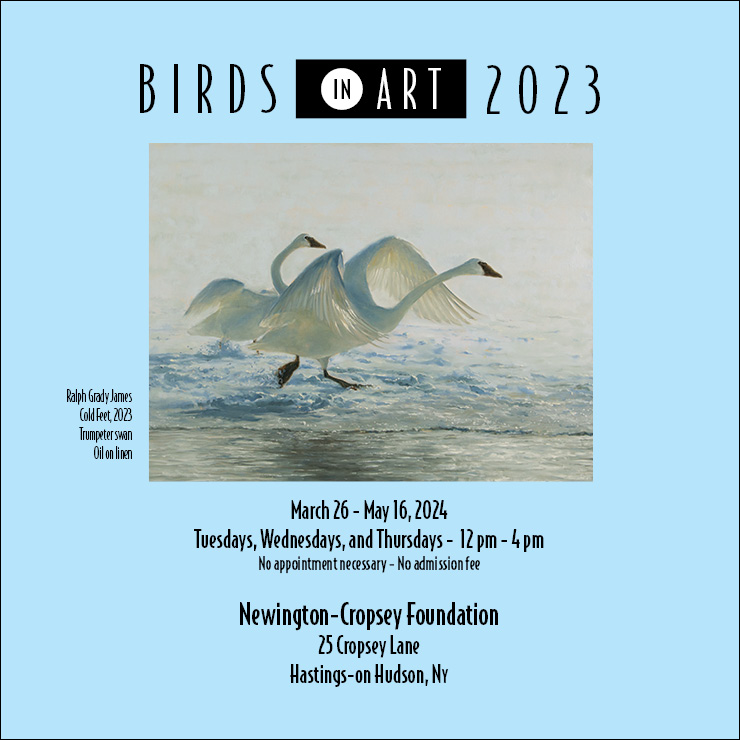
Editor’s Note: Admit it, few of us – beyond the Legend that puts us on the map –have actually read The Sketch Book collection it lives in. Here’s a primer on The Sketch Book itself in this second installment excerpt from a new introduction for the collection by Krista Madsen.
Copies of The Legend of Sleepy Hollow and Other Stories (RacePoint Publishing) are available online here.
Click here for Installment 1
by Krista Madsen –
The Sketch Book contains a hodgepodge of styles and subjects that reflect Washington Irving’s jack-of-all-trades tendencies as the author of satire, history, biography, travelogue. Most of the pieces are brief essays, or sketches, on different aspects of England, its countryside and funeral customs; his “poetical pilgrimage” to Shakespeare’s turf; his daydreaming in Westminster Abbey; and a whole series on the simple joys of English Christmas.
Many pieces convey Irving’s reverence for England and, often, his anxiety of influence. He writes about grand old Britain for New Nation Americans, while, in pieces set in America (including a few tributes to the North American “savage”) he is conscious of the judgment of British readers. He straddles countries, genres, and identities, worried what everyone will think of the feat.
Having some disguise might help. Irving’s first hit stateside had been a satirical Dutch history of New York under the pseudonym Diedrich Knickerbocker. The surname quickly got slapped on many products and businesses around the city, becoming a term for New Yorkers themselves (and later, their basketball team). For The Sketch Book, Irving shields himself as Geoffrey Crayon, Gentleman, who – at least in Manhattan – readers would know was Washington Irving, though here the style is more fluid, serious and refined than rougher Knickerbocker.
In the fictional pieces of The Sketch Book, Irving goes even deeper into the name game by reviving Knickerbocker. Irving writes “Rip Van Winkle” as Crayon, transcribing the story from Knickerbocker’s papers, relayed to him by Rip himself. In “The Legend of Sleepy Hollow,” Crayon again borrows Knickerbocker’s narration, this time overheard at a meeting from some shabby old fellow.
The dizzying layers continue within the stories themselves. Irving moves a popular German folk tale to the Catskills: Rip, free from his nagging wife, awakes from a 20-year-nap to find a second life in sharing his own saga. After “The Specter Bridegroom” – some “traveler’s tale” set in Germany – there’s an endnote that the story must have been “suggested to the Old Swiss by a little French anecdote.” Sharing ghost stories is an aunt’s favorite pastime, until she thinks she sees a ghost, passes out, and excitedly continues sharing. And, the “baron nearly frightened some of the ladies into hysterics with the history of the goblin horseman that carried away the fair Leonora.”
Irving throws some version of this mythic goblin horseman into his teenage haunts up the Hudson, where, as “The Legend” puts it, “A drowsy, dreamy influence seems to hang over the land, and to pervade the very atmosphere.”
Which brings us to the rich description in The Sketch Book, and Irving’s ability to bring to life so vividly and enduringly such landscapes and characters. In “The Legend” he proves he’s even something of a food-writer, as lanky Ichabod Crane droolingly imagines everything in his surroundings as an edible feast and his infatuation with Katrina Van Tassel seems all mixed up with the promise of pastries at her house party.
Irving’s tendencies lean more toward a mix of observation and imagination than deeper commentary. In “The Author’s Account of Himself,” he writes, “I have wandered through different countries, and witnessed many of the shifting scenes of life. I cannot say that I have studied them with the eye of a philosopher, but rather with the sauntering gaze with which humble lovers of the picturesque stroll from the window of one print shop to another, caught sometimes by the delineations of beauty, sometimes by the distortion of caricature, and sometimes by the loveliness of landscape.”
The Sketch Book numbers three official short stories (about stories) and two pieces that start off realistically but soon go elsewhere, ultimately exposing Irving’s longing for the longevity and reach of his own writing. In “The Art of Book Making” and “The Mutability of Literature,” author portraits come to life in a library and a book talks, saying, “I was written for all the world.”
Click here for Installment 3
Read or leave a comment on this story... Print
Print
























